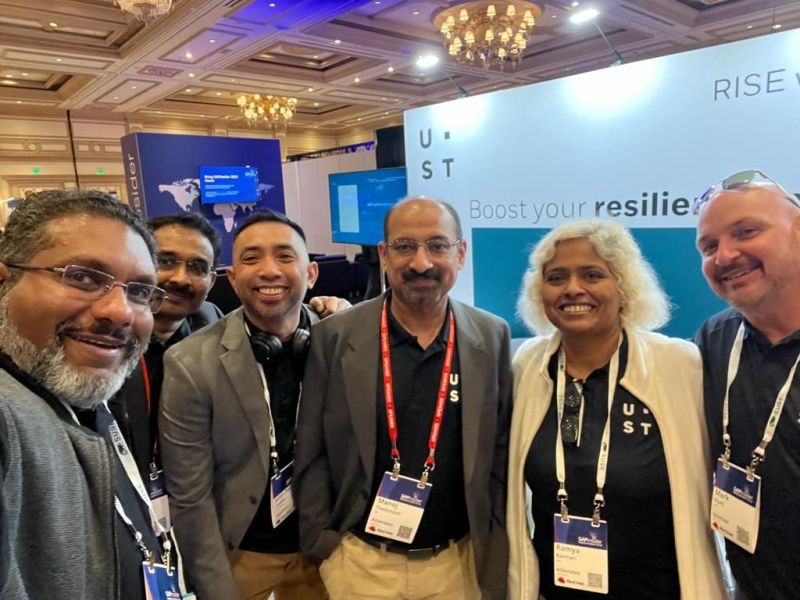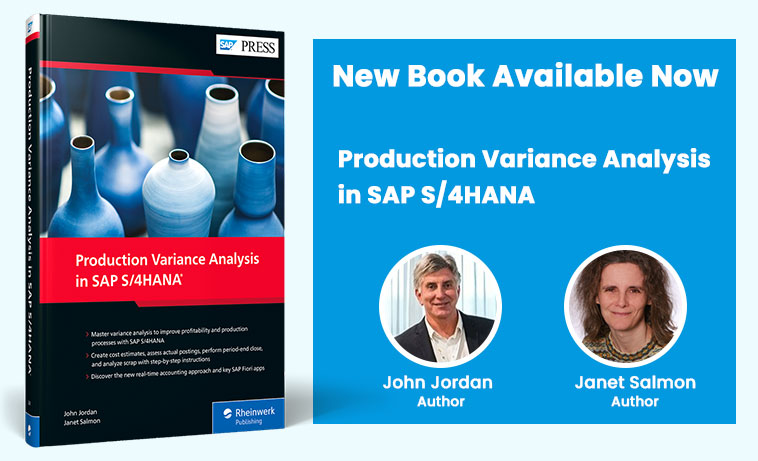Search Posts
ERPCorp SAP FICO Blog
- Category: Blog
- Hits: 18526
1. Transportation Management with SAP S/4HANA
Discover what's new for basic and advanced TM. We review master data to get your transportation network up and running. Then, follow step-by-step instructions to set up and use embedded TM functionality in SAP S/4HANA for transportation planning, freight order management, transportation execution, charge management, and more.
Read more: Top 10 SAP Books SAP Press Bestsellers - June 2023
- Category: Blog
- Hits: 18402
By Anand Seetharaju and Mayank Sharma
We explain accounting and SAP General Ledger with instructions on customizing. We share practical experiences, organized into nineteen chapters:
Read more: SAP Press Book: General Ledger Accounting with SAP S/4HANA
- Category: Blog
- Hits: 16766
Welcome to the latest SAP S/4HANA edition of this bestselling SAP Press book which immediately entered the SAP Press top ten when published on Jan 26, 2023.
Read more: SAP Book: Production Variance Analysis in SAP S/4HANA
- Category: Blog
- Hits: 19235
How a Chemicals Manufacturer Improves CAPEX Request Management with Process Re-engineering & Automation
A specialty chemicals manufacturer based in Delaware employs 5,200 people in 120 countries. They are starting to automate the process of capital expenditure (CAPEX). With SAP Fiori, based on results delivered during its proof-of-concept stage, they aim to reduce customer equipment deployment times and improve process efficiency.
This case study explains how the client of IQX Business Solutions, plans to improve CAPEX request management through IQX Capex.
- Category: Blog
- Hits: 16777
By Ramya Kannan

Introduction
UST offers three accelerator programs to complement RISE with SAP so you can quickly and reliably achieve transformational change in the cloud.
- Category: Blog
- Hits: 22526
by Paul Ovigele

This all-in-one book helps you set up the SAP Material Ledger, run it smoothly, and configure key settings for currency conversion, ledgers, and valuation views.
We set up and run actual costing, group valuation, profit center valuation, parallel cost of goods manufactured, and balance sheet valuation.
We walk through special scenarios and execute reports to monitor material value flows.
- Category: Blog
- Hits: 32329
By Constantino Solis Prego
Introduction
This article explains how to change the cost component structure in six steps without losing cost component history.
The example is based on a typical food/beverage processing plant with two main lines: food/liquid processing and packaging. The initial cost structure follows an accounting scheme, mapping all the ingredients to one cost component, packaging materials to another, and labor, depreciation, and other production activities grouped into other 3 separate cost components.
Read more: How to Change the Cost Component Structure with SAP Material Ledger Active
- Category: Blog
- Hits: 23000
SAP Press Book: Asset Accounting with SAP S/4HANA
by Stoil Jotev

Learn how to configure and use asset accounting in SAP S/4HANA.
The book is organized into the following chapters:
Table of Contents
- Introduction
- Chapter 1 Organizational Structures
- Chapter 2 Master Data
- Chapter 3 Asset Valuation
- Chapter 4 Business Transactions
- Chapter 5 Periodic Processing
- Chapter 6 Asset Reporting
- Chapter 7 Migrating Asset Data
- Appendix A: Obsolete and New Transaction Codes and Tables in SAP S/4HANA
- Glossary
- Category: Blog
- Hits: 32421
- Walk through SAP product costing from end to end
- Initial cost planning, cost estimates, production order costing, reporting, and actual costing






